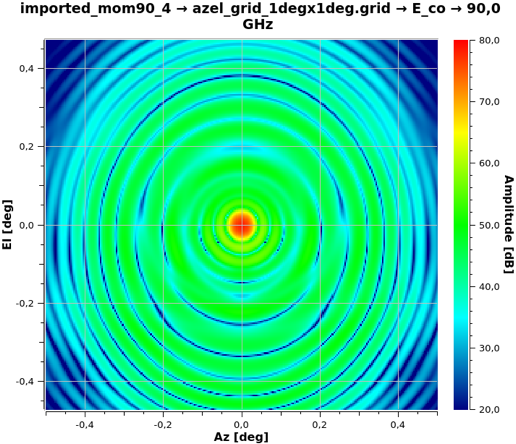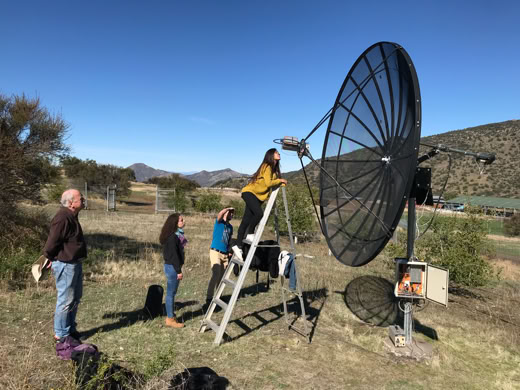Research Opportunities
The following are current research opportunities at the CMB group at PUC
Electromagnetic simulations of sub-mm telescopes:
Develop detailed electromagnetic simulations to understand the antenna response of real sub-mm telescopes. These simulations are fundamental for the design, calibration and data interpretation of CMB experiments like ACT, CLASS, Simons Observatory and CCAT-prime. We use the simulation software GRASP (TICRA), which is based on Physical Optics (PO), Geometric Theory of Diffraction (GTD) and Method of Moments (MoM), to predict the polarized antenna response under realistic conditions including optical misalignments, spill-over, lens properties, thermal and gravitational distortions and other systematics. The researcher will work in tight collaboration with the World-Class experiments from above, engaging their experimental and data reduction teams.

Drone-based antenna calibrators
Experimental development of radio-frequency calibrators for CMB experiments. The calibration sources are used to measure the antenna response of sub-mm telescopes including beam shape, polarization angle and efficiency, frequency response, and sidelobes. The sources are developed in the RF laboratory of the AIUC, requiring the integration and testing of RF components and their antenna properties. A drone is used to fly the source in front and around the telescopes, requiring an advanced positioning system to measure its position in time. This is done using differential GPS and photogrammetry.

Atacama Cosmology Telescope: data reduction
Our team has a fundamental role in the ACT data reduction pipeline. The full dataset is stored at PUC (more than 300 TB) and preprocessed to determine select the usable data, detect systematic effects and failures and produce relative calibration factors. We develop algorithms to check the data quality using high-performance computing techniques and machine learning.

Academic Radio Observatory
Development of a radio-frequency observatory for academic purposes located at the UC observatory. This academic facility is now composed by two Small Radio Telescopes (SRT), capable of doing single dish and interferometric observations of the 21cm hydrogen line, and three 20 MHz antennas to do long-baseline interferometric measurements of cyclotron radiation. These telescopes are used as part of the Radioastronomy introductory class. A significant amount of the hardware and software required has been developed in-house, being an interesting opportunity for students willing to learn about radio-frequency technology and science.
